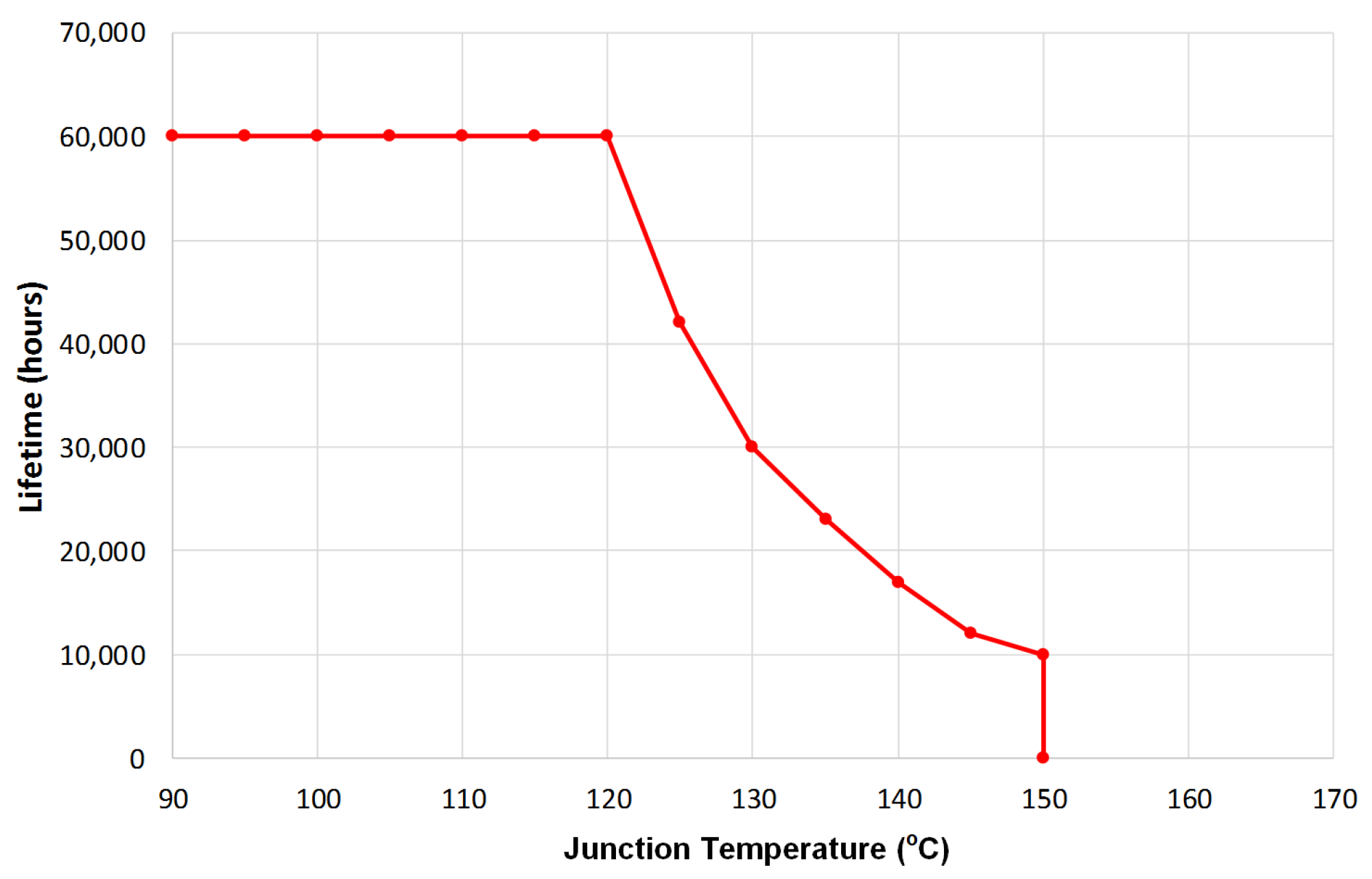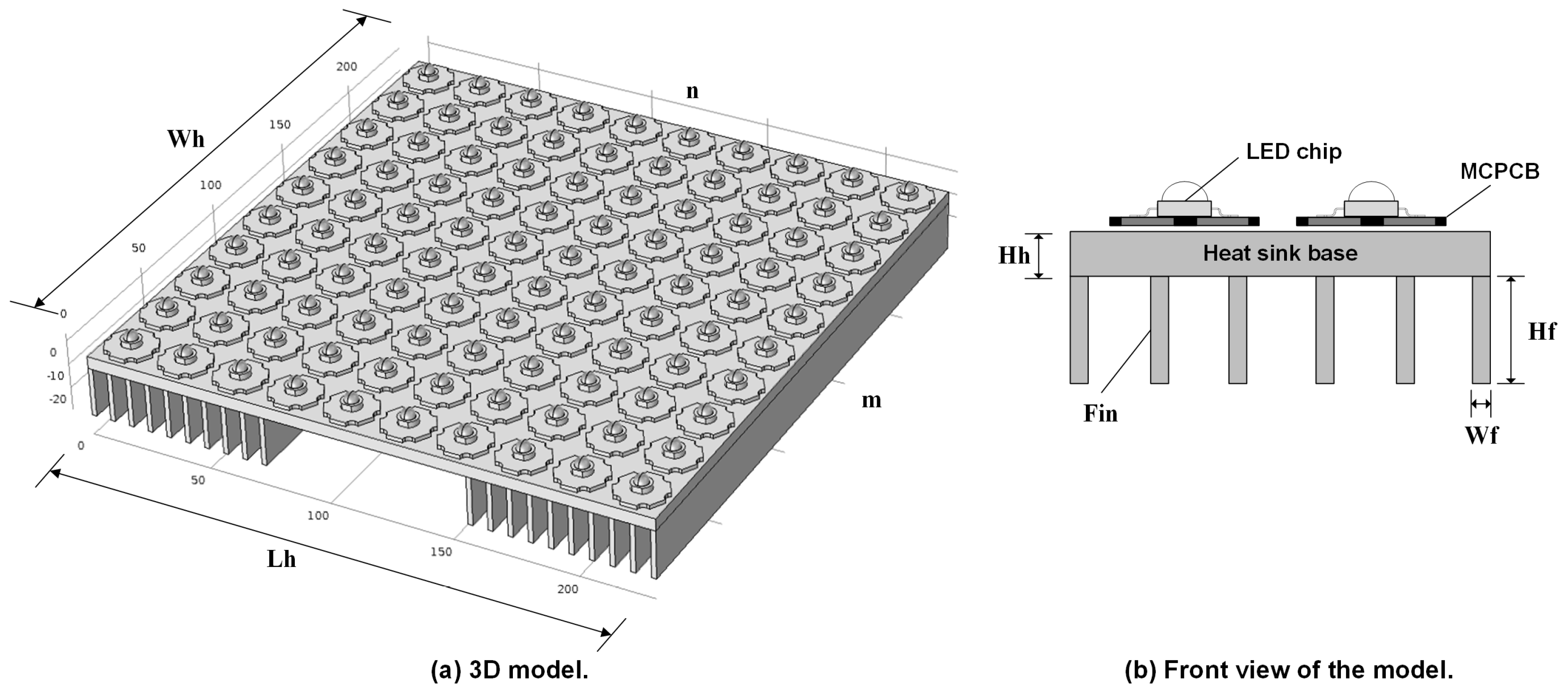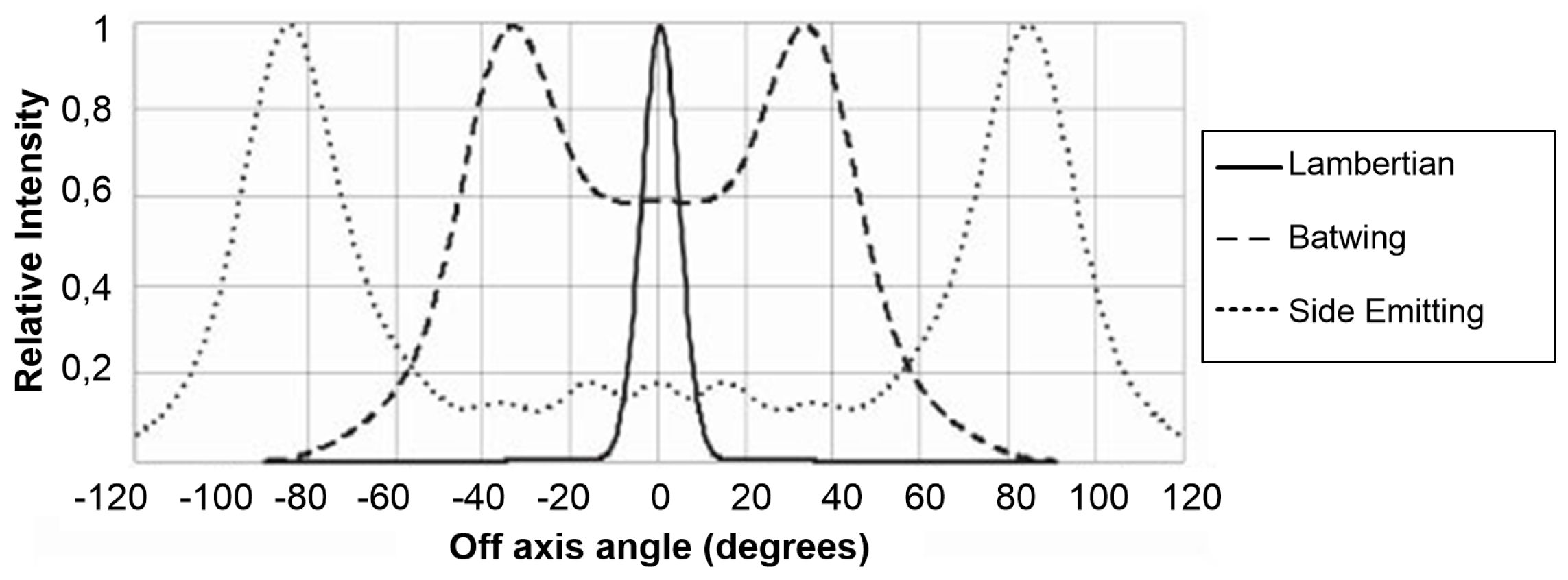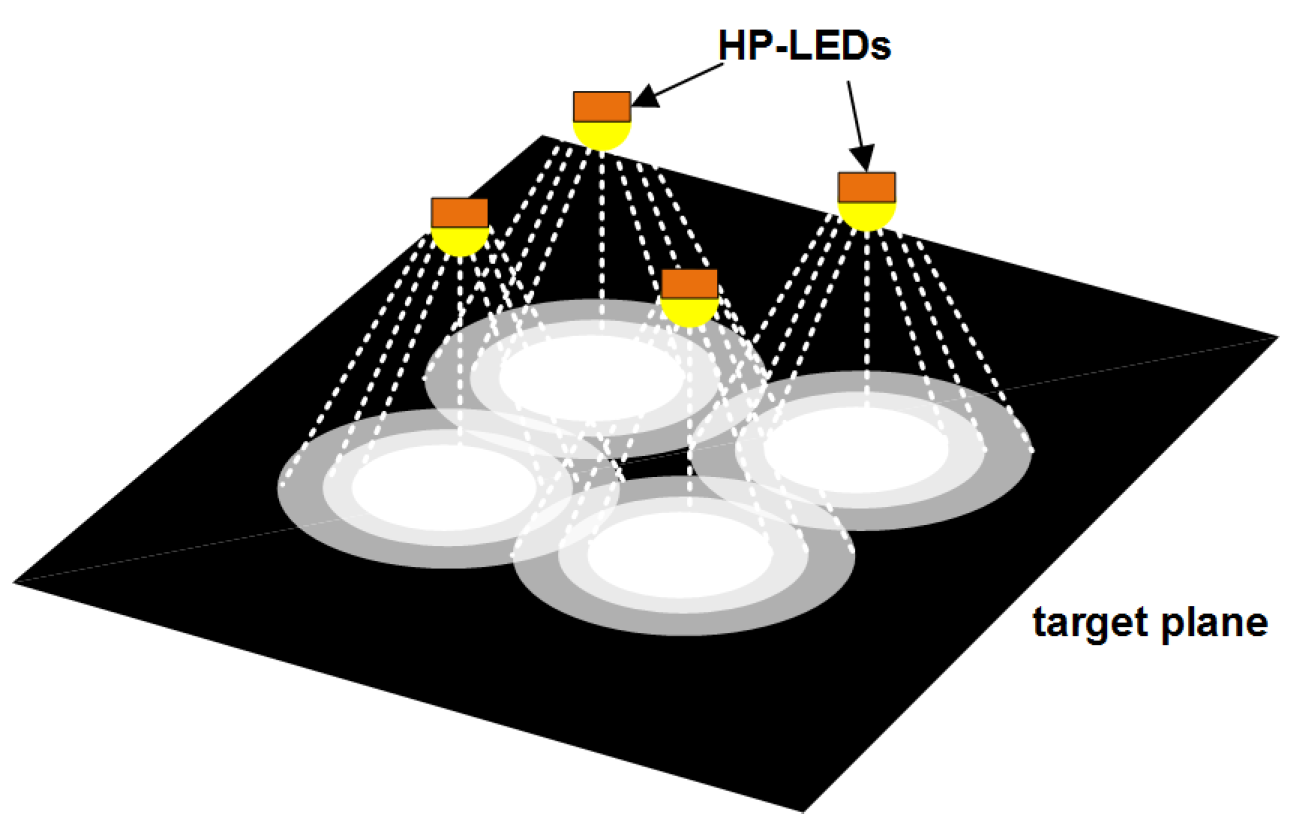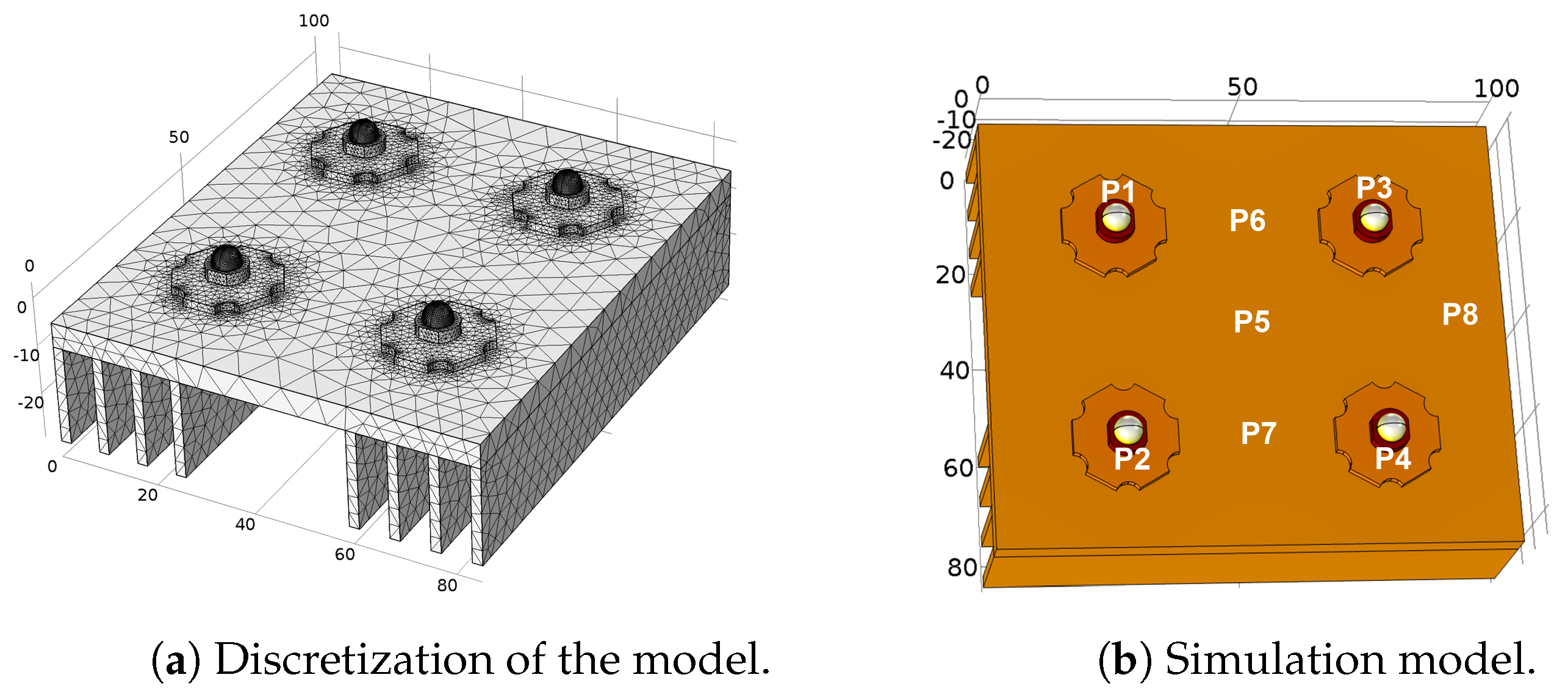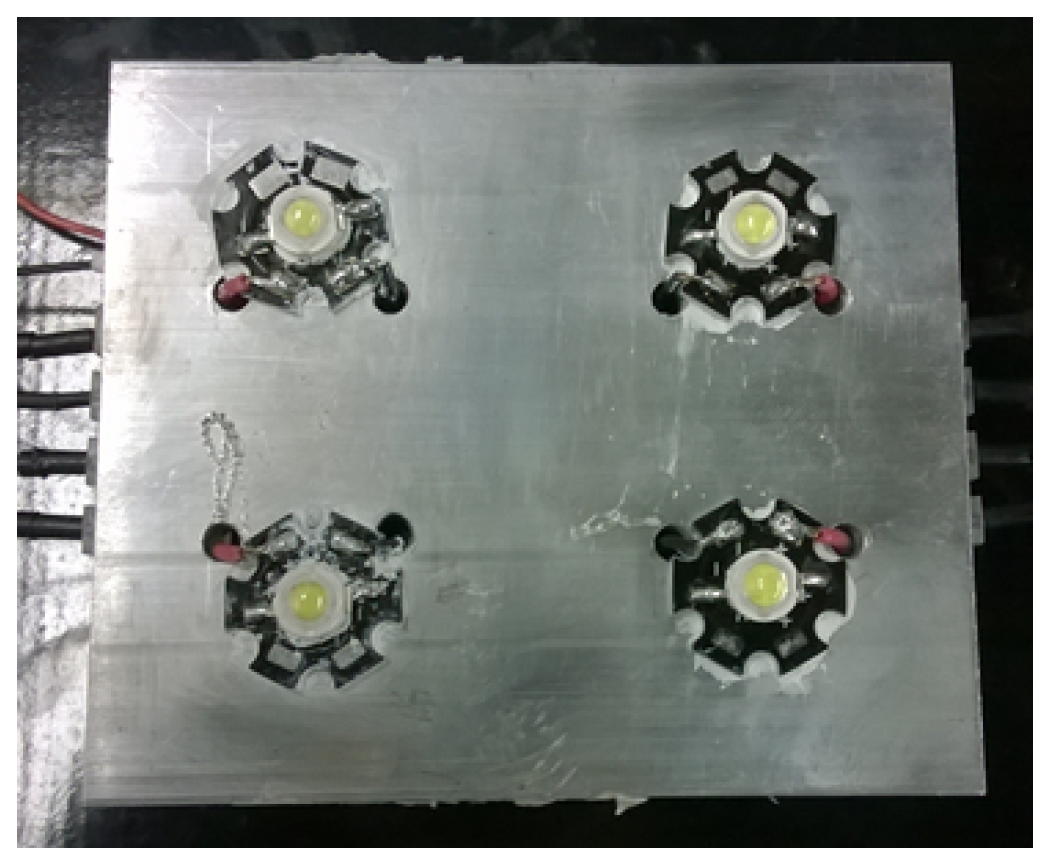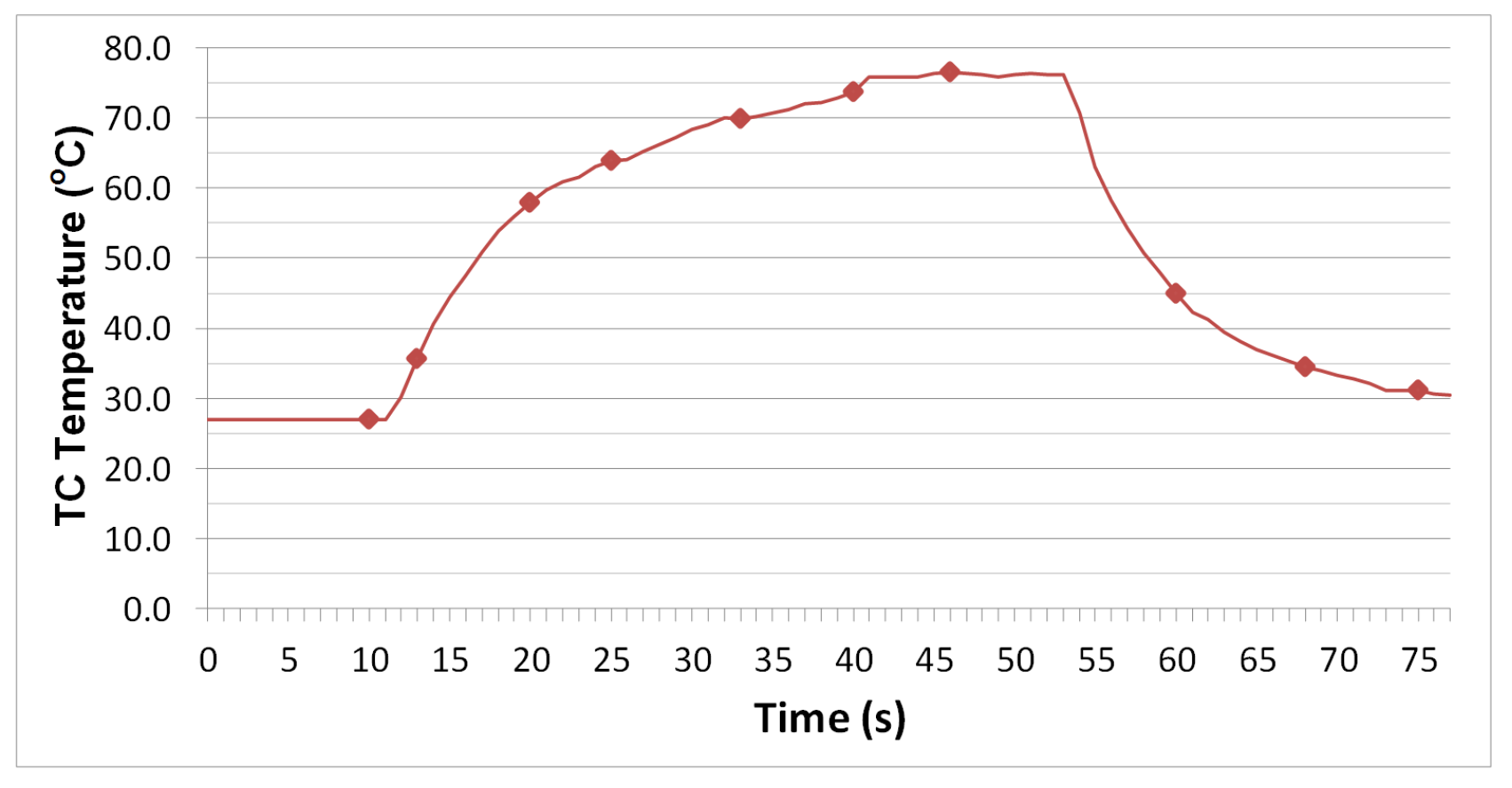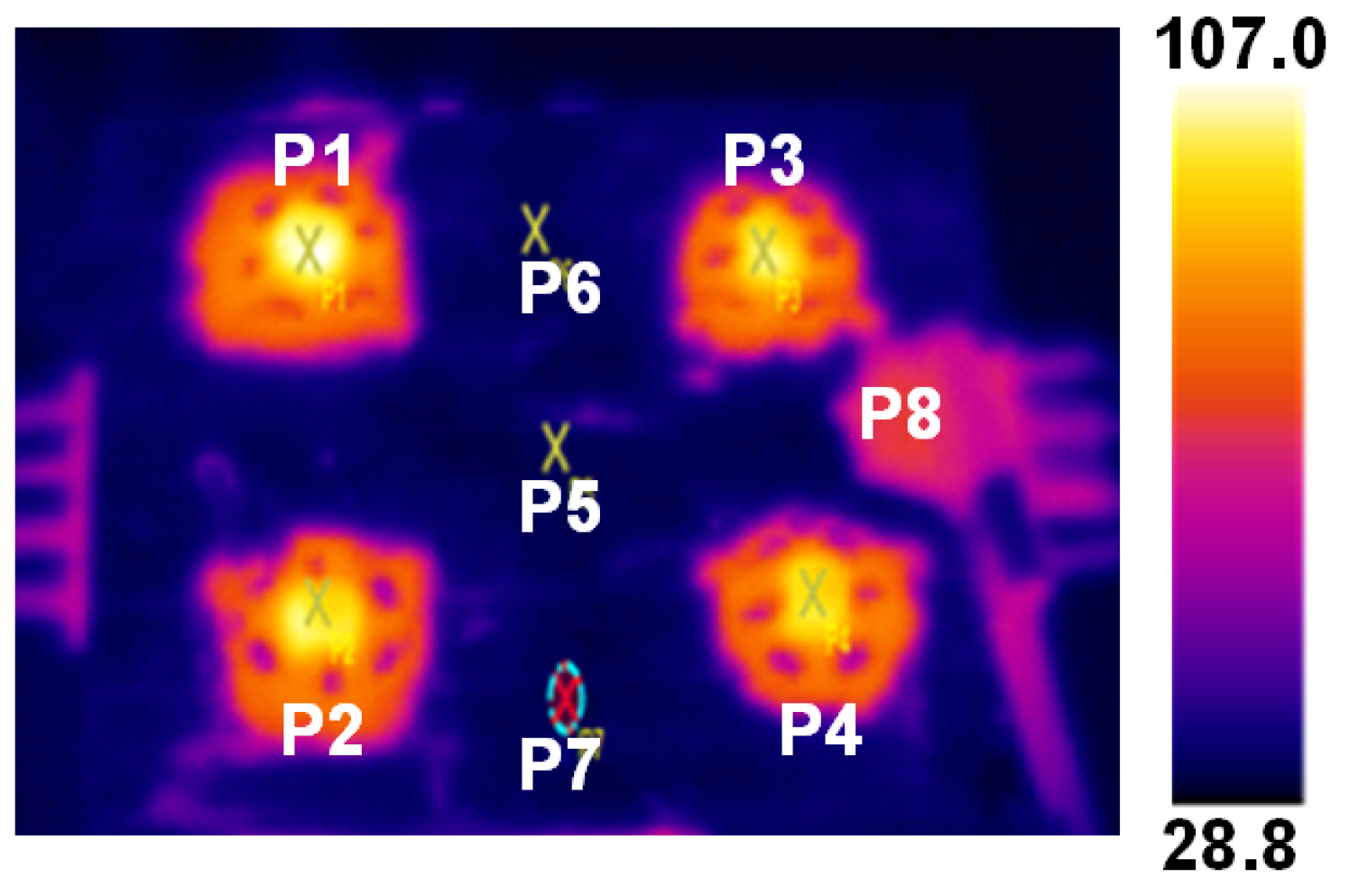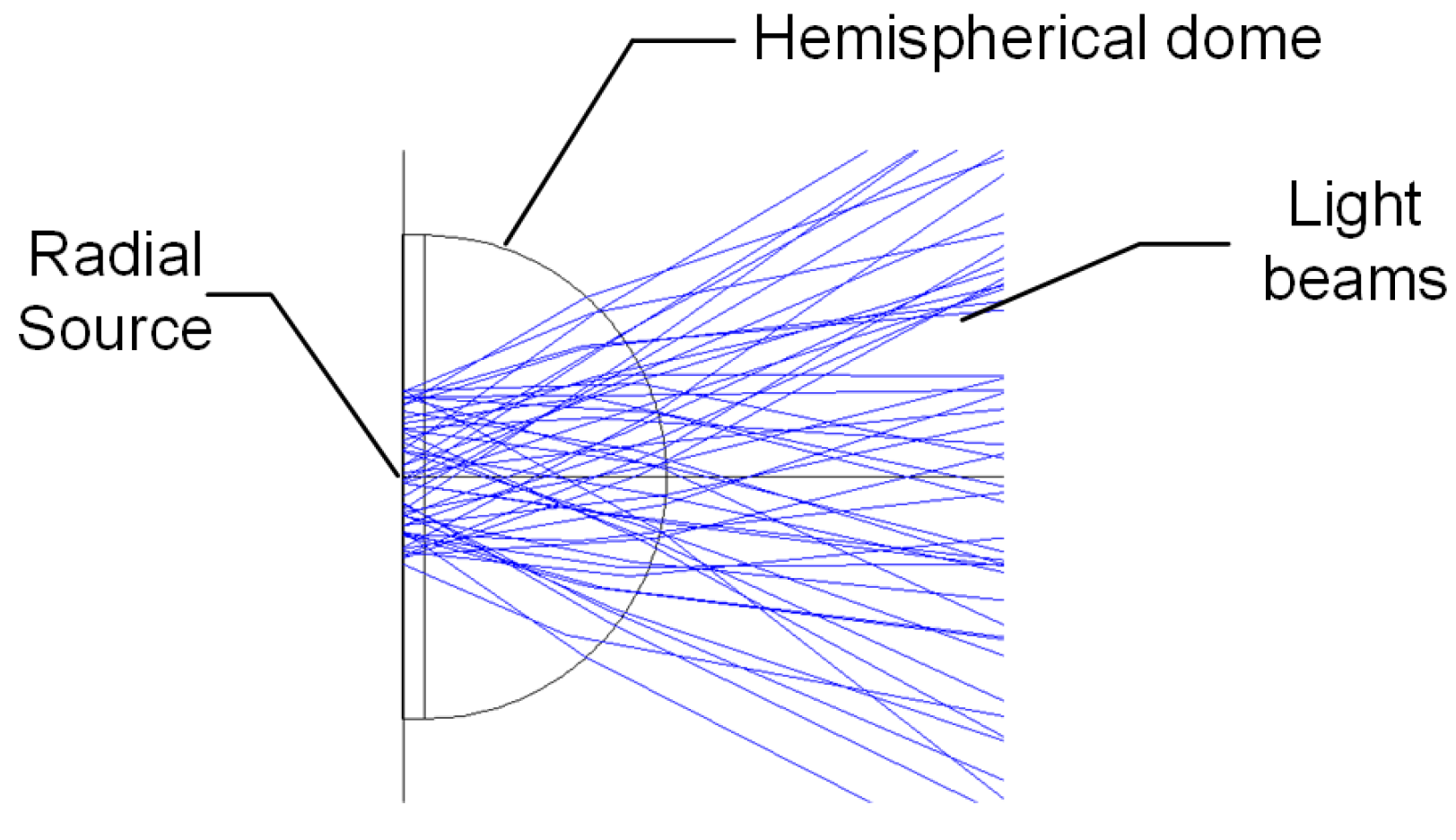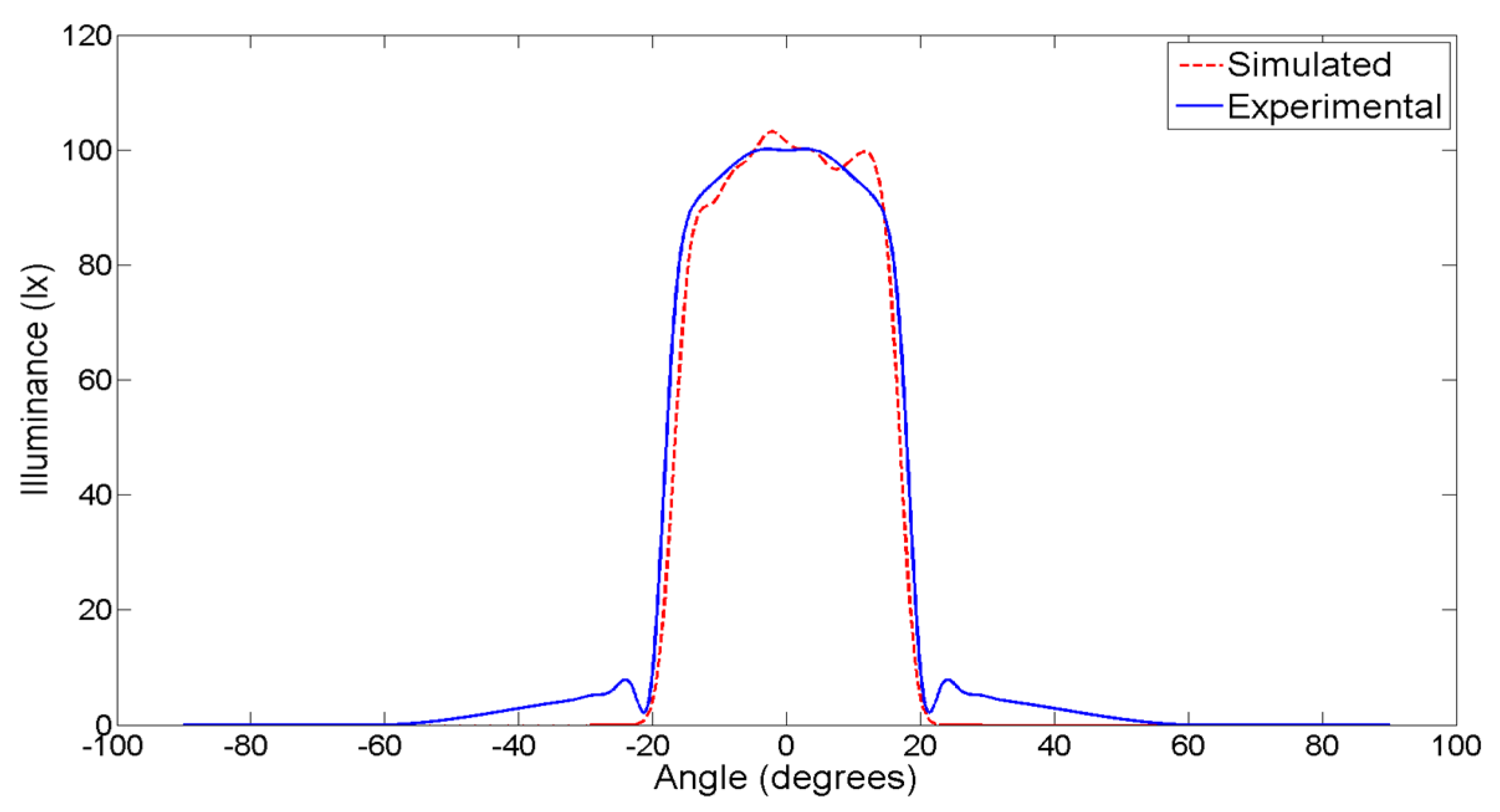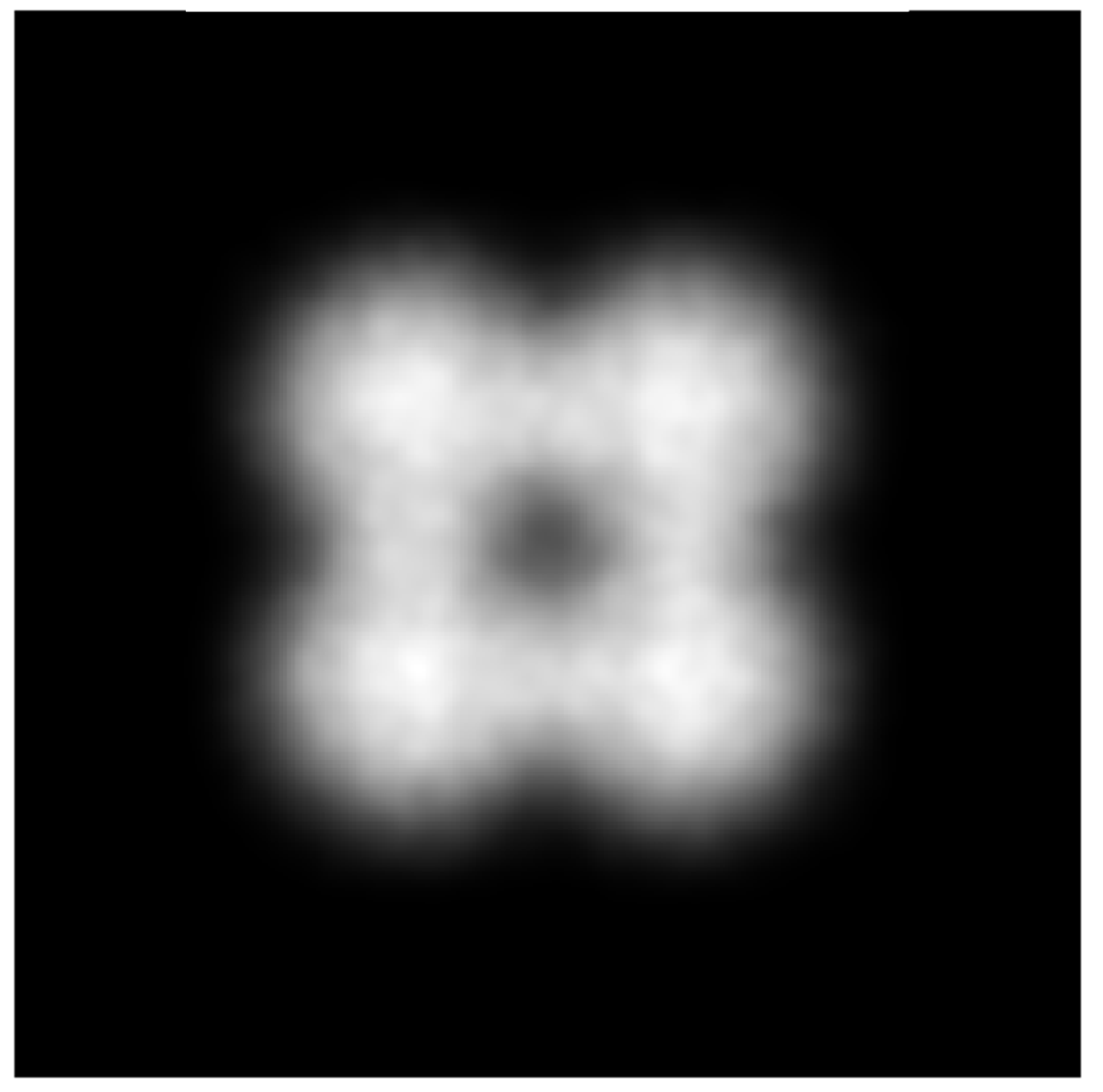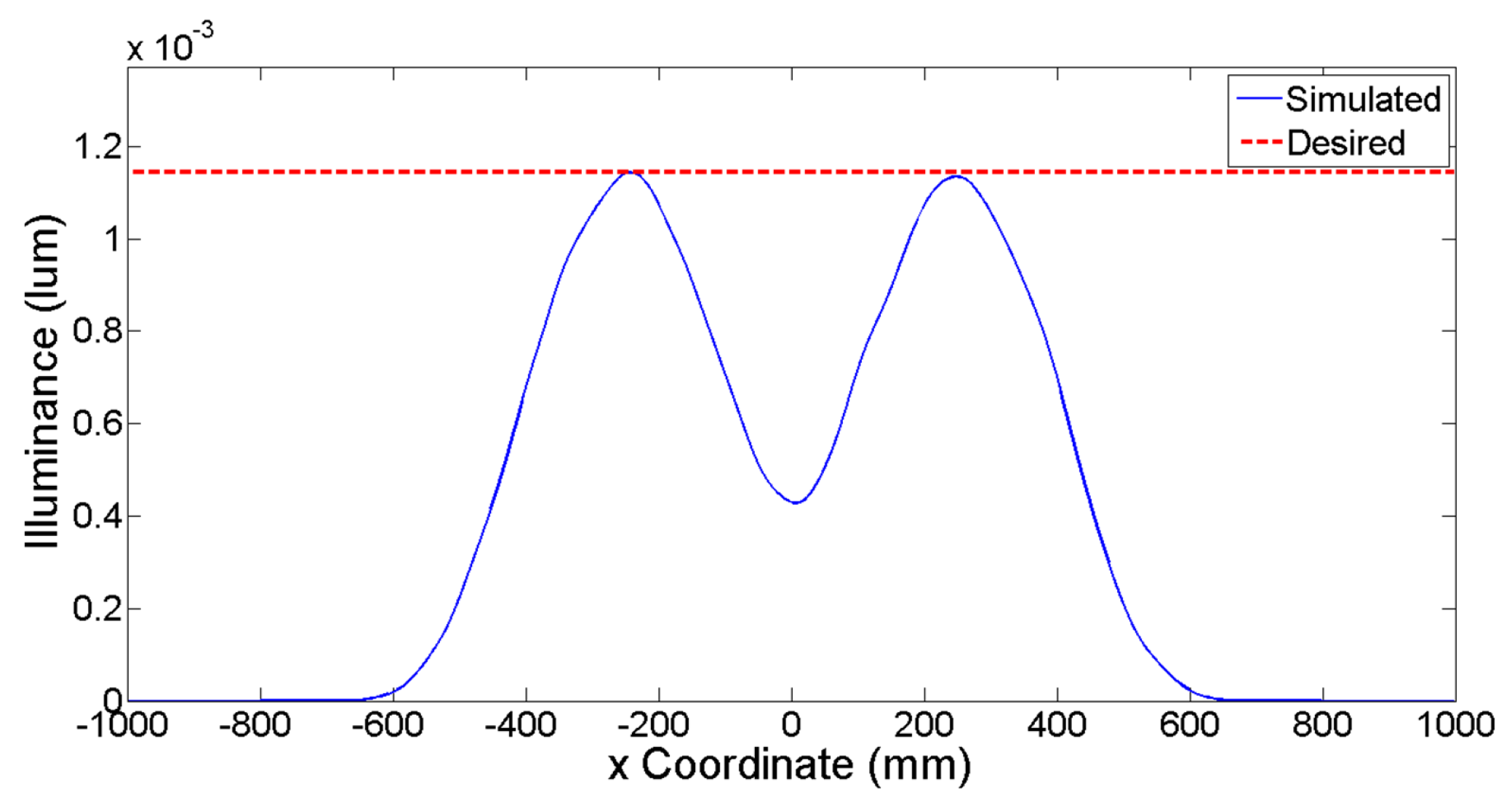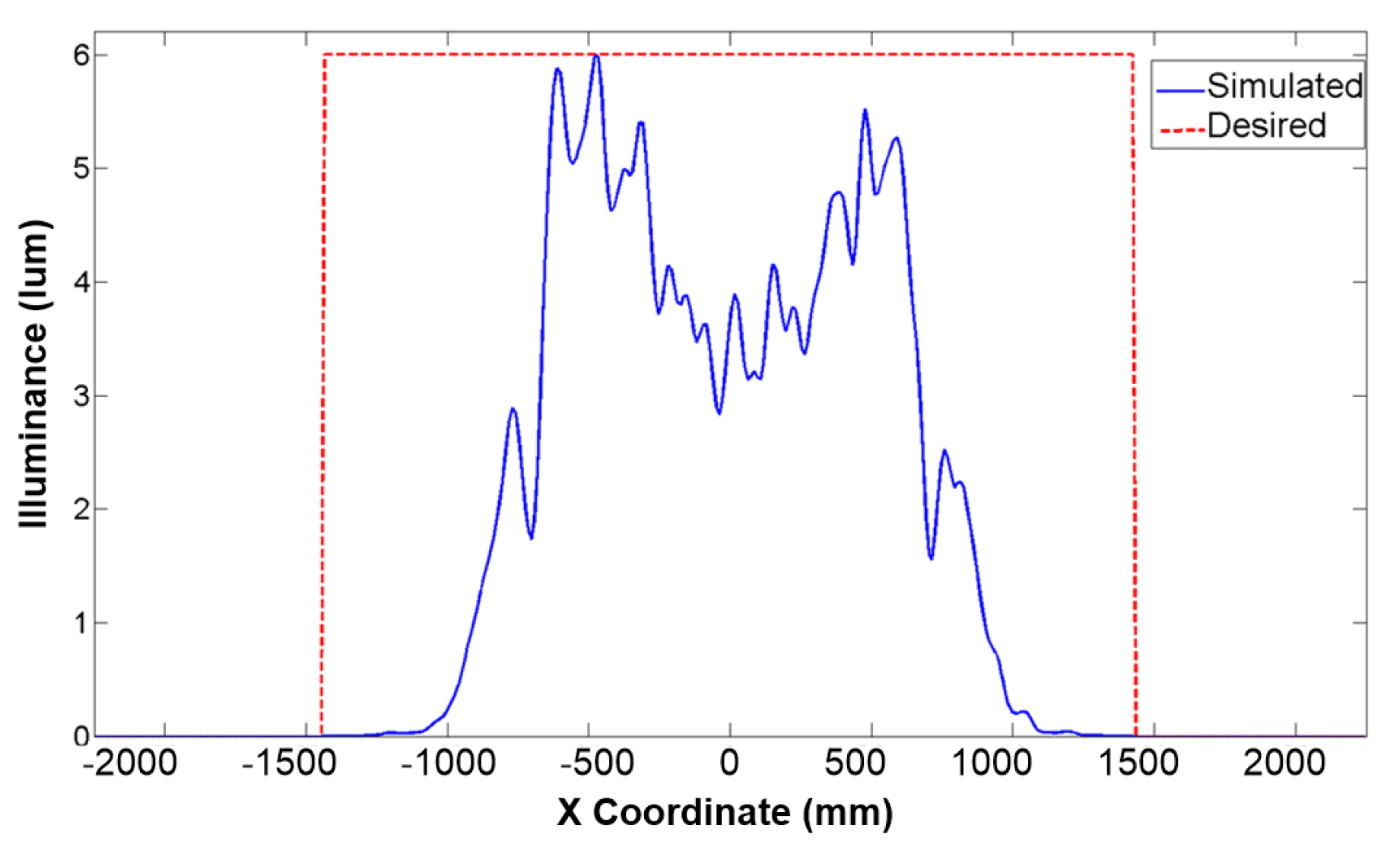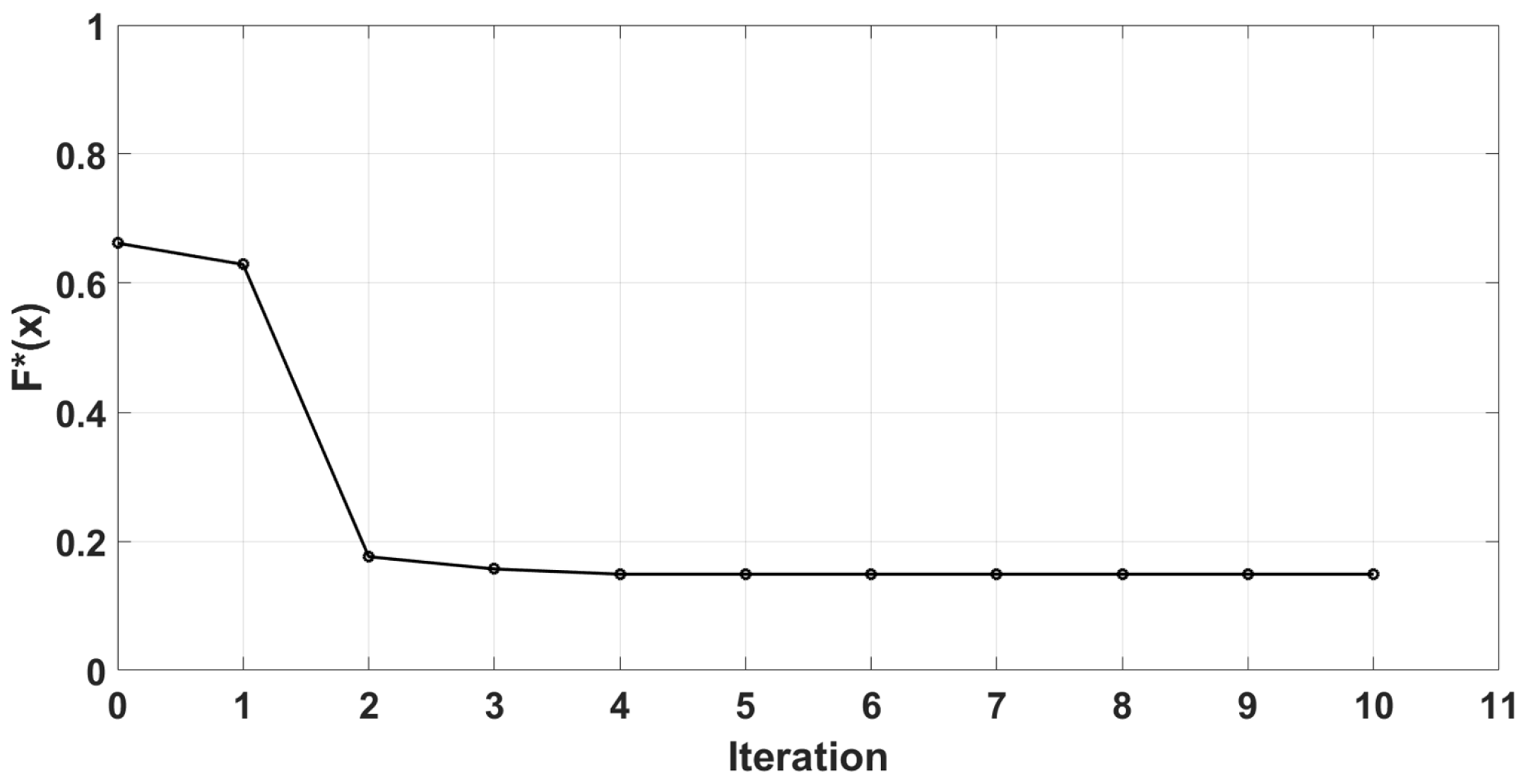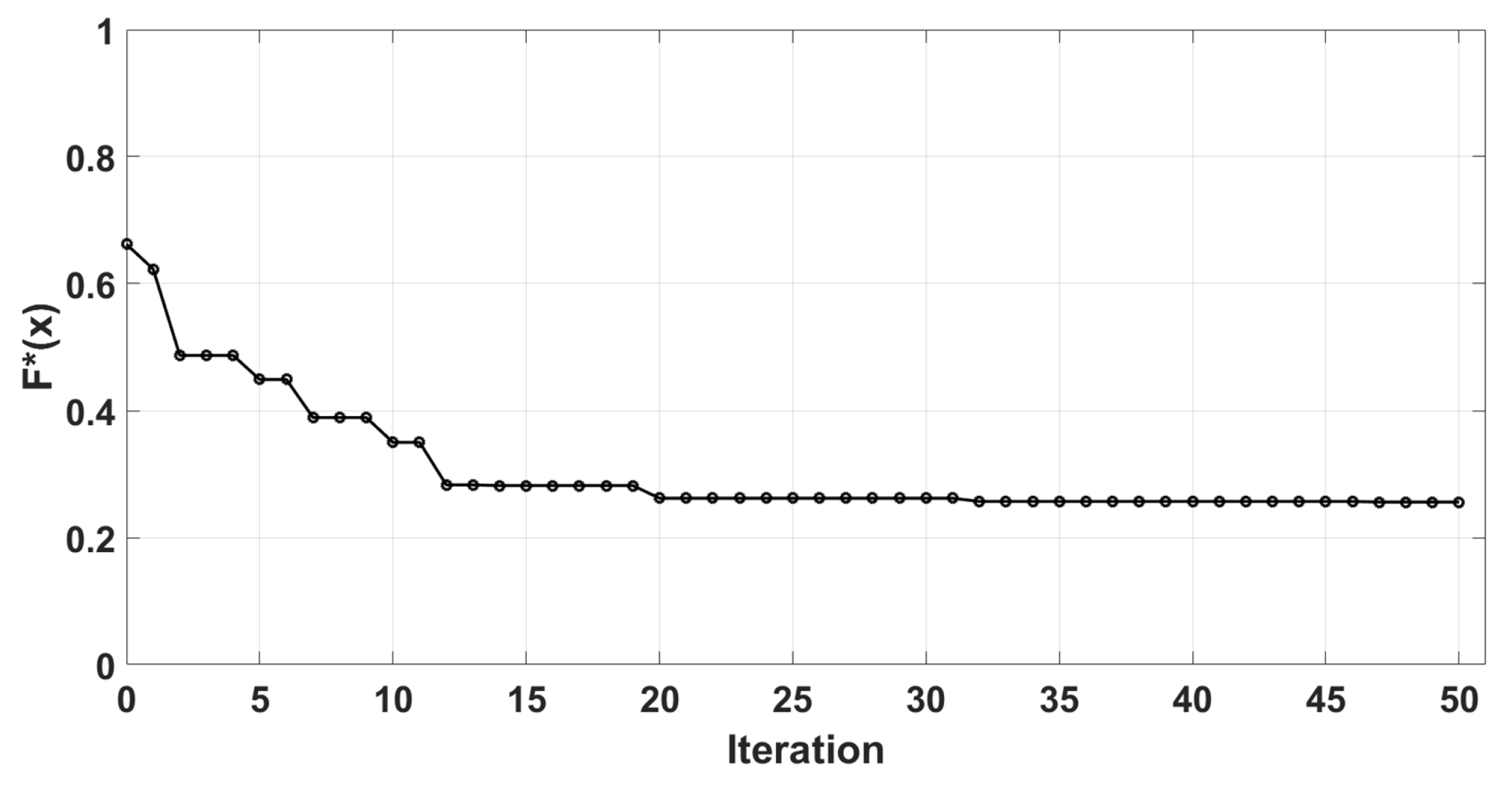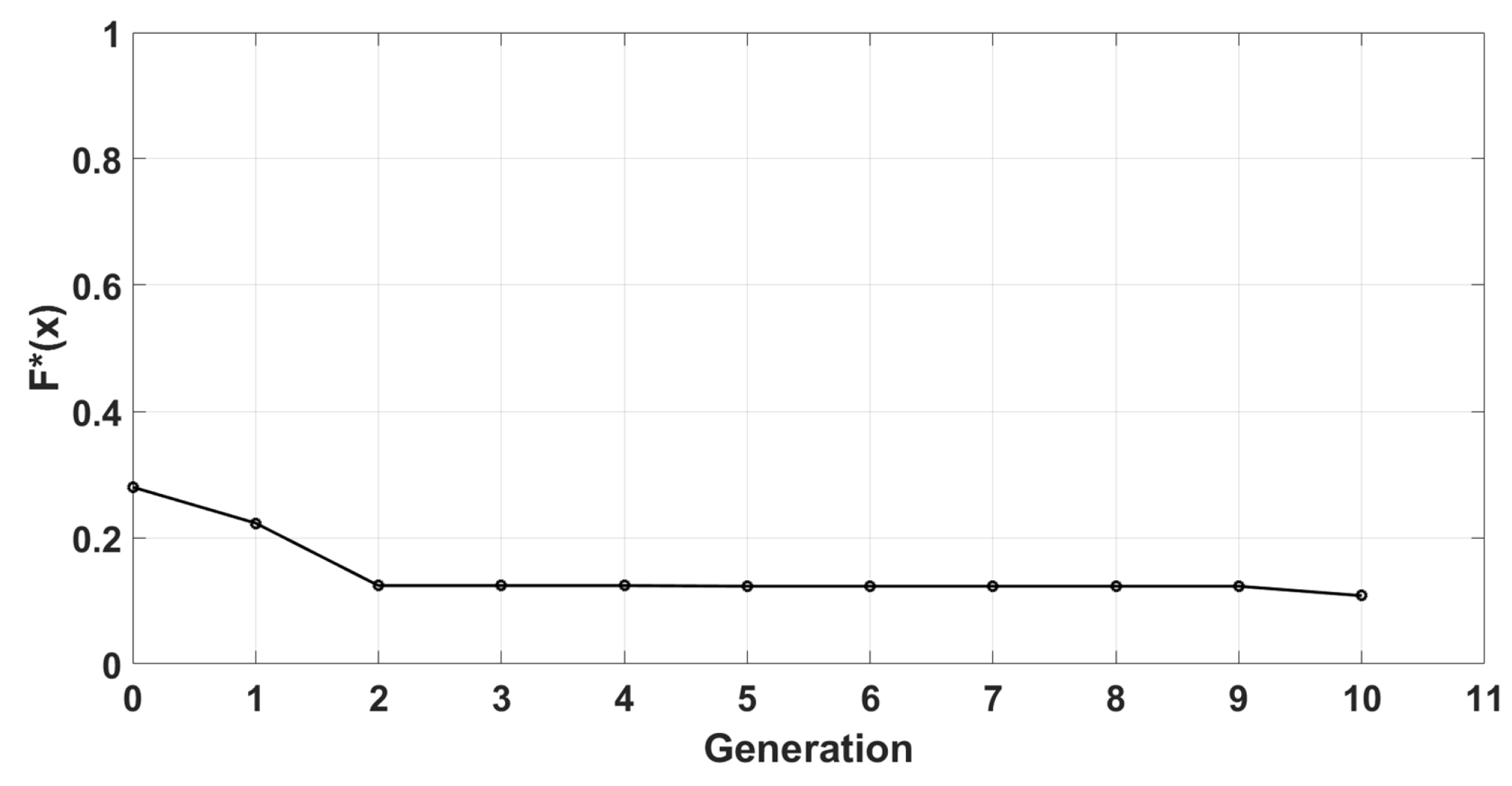1. Introduction
Artificial lighting is essential to the quality of life in human society. It allows business and leisure activities and promotes a sense of personal security in the absence of natural light. Indoor artificial lighting applies to homes, businesses and industry. Outdoor artificial lighting applies to sidewalks, streets, roads, bridges, tunnels, parking lots, monuments and building facades and usually is called street lighting [
1,
2].
Concerns about the electricity consumption spent on artificial lighting is growing [
3]. About 20% of all electricity generated in the world is used for illumination, and the need to manage energy consumption is an important priority [
4,
5,
6].
The current U.S. lighting market model is composed of four sectors that are divided into eight sub-markets and a total of 15 technology categories, as represented in
Figure 1. The outdoor lighting sector includes the following sub-markets: street and roadway, parking and exterior building [
1].
The 10 largest U.S. metropolitan areas include 4.4 million street lights with an estimated annual consumption of three billion kWh and the equivalent production of 2.3 million metric tons of CO
, according to reports from 2008 [
7]. The Bureau of Energy Efficiency used statistics from the Central Electricity Authority to estimate a gross energy consumption of 6.131 million kWh of street lighting in Portugal from 2007 to 2008 [
8].
Data from 2005 show an estimated consumption of 35 TWh in street lighting in the 25 European Union countries (EU25), which represents about 1.3% of the total electricity consumption of that region [
9]. Data from 2006 show about nine million street lighting points in Germany for 82 million people. An extrapolation over Europe based on this ratio of 0.11 luminaires/capita results in an estimate of 91 million street lighting points in Europe (with 820 million inhabitants) [
9]. According to research from 2008, there are about 15 million street lighting points in Brazil [
10].
City lighting management is changing due to impacts on both economics and on the environment. The economic resources of governments are becoming increasingly limited due to the slowdown of the world economy, but electricity prices continue to increase. Maintenance costs are also increasing, with a large number of lamps approaching the end of their life [
7].
High power (HP)-LEDs have several advantages compared to traditional lighting sources, such as: (i) long life; (ii) high brightness; (iii) low power consumption; (iv) compact size; (v) fast response; (vi) high reliability [
2,
4,
6,
11]; and (vii) mechanical shock and vibration resistance [
12].
LED lamps and LED luminaires have a high cost compared to other lighting technologies and are therefore restricted to a few generic lighting applications. However, according to predictions from the U.S. lighting market model in the street and roadway sub-market, LEDs will reach 83% market share by 2020 and approximately 100% by 2030 ([
1]).
Energy savings includes a corresponding CO
reduction. A savings of 1500 kWh reduces CO
emissions by about one ton [
7]. In Japan, it is estimated that the adoption of a street lighting system based on LED lamps could reduce the emission of CO
by six to nine million tons each year [
13].
However, there are difficulties in using HP-LEDs in outdoor lighting, such as: thermal dissipation (which can degrade luminous efficacy), optical performance (including optical efficiency) and the shape of the area to be illuminated [
14]. There are only a few studies that present a performance evaluation of the installation of outdoor LED luminaires [
15]. These difficulties are a challenge in the design of HP-LED outdoor lighting [
16].
Good LED thermal management should ensure that LED lifetime is not prematurely degraded and should maximize optical performance and allow operation at the maximum allowable current within the allowable temperature range [
17,
18]. Although various thermal devices can be used for thermal dissipation, they can generally be divided into two categories: passive and active. Passive thermal management refers to technologies that rely exclusively on the thermodynamics of conduction, convection and radiation, such as heat sinks [
19]. Active thermal management refers to cooling technologies that introduce external energy, usually from an external device, to increase heat transfer. Usually, when active systems are used, they are augmented with passive systems [
20,
21].
Some papers present a reliability evaluation of LEDs’ reliability and the temperature influence on LED parameters, such as MTTR (mean time to repair) and MTBF (mean time between failure) [
22,
23]. The junction temperature of the LED can be estimated by some techniques. It can be calculated from the temperature of the LED module and the thermal resistance of the LED junction (obtained in the manufacturer’s datasheet); calculated by shifting the direct voltage changes over the component; and direct measurements of the temperature of the LED via thermocouple or infrared images [
24]. There are many works that present analyses of thermal dissipation of HP-LED lamps and luminaires using finite element method (FEM) software [
25,
26,
27,
28,
29]. A thermal and luminous analysis of a luminaire composed of three LEDs of 1 W is presented in [
30]; however, there are not many works that evaluate the thermal heat dissipation and also the illumination quality generated by an HP-LED luminaire.
This work is an extended version of the conference paper [
31] and presents studies that can enable the design of an optimal HP-LED luminaire, which is technically and economically feasible. The HP-LED luminaire model in this paper includes six parameters that affect heat dissipation and lighting efficiency. The design problem is therefore a multi-objective problem: find the best design with respect to both thermal management and illuminated target area. Only one heat sink is used as a heat exchanger in this paper (passive system). In the Methodology section, the techniques involved in two simulators used in the multi-objective problem solution are approached. In model validation, the proposed model is shown, the simulators configured and the validation presented. In the Optimization section, an evaluation function for the problem is proposed. In the Results section, two case studies using deterministic optimization are included as a comparison with previously-published heuristic optimization results [
31].
2. Methodology
Modeling and simulation allow for the representation of a physical system or process in a shorter time and at a lower cost than experimentation. In many cases, models are too complex for a formal mathematical analysis (analytical solution), and so, numerical methods are used with computational tools for the simulation. After a model is tested and validated, new conditions can be simulated and evaluated. This process reduces the number of physical tests that are required, which reduces engineering time and minimizes damage to the physical components [
14].
A model that can represent the HP-LED luminaire is presented here in terms of both its physics and its constraints in order to allow the simulation of heat dissipation and the lighting on a target plane.
2.1. Thermal Management
The first problem discussed here is the LED luminaire operating temperature. HP-LED lifetime is associated with operating temperature, and lifetime can be drastically reduced under high temperatures.
Figure 2 illustrates the relationship between junction temperature and the lifetime of an HP-LED with maximum continuous forward current. It can be seen that the junction temperature of the LED should be maintained below 120
C.
Finite element method (FEM) software (COMSOL Multiphysics, version 5.2) is used to model the physical laws that describe the heat exchange. The thermal analysis is performed using the Heat Transfer Solid module from COMSOL [
32].
A 3D CAD model of the LED is designed and exported to COMSOL. Other geometries ((MCPCB) and heat sink base with fins) are designed directly in COMSOL. The simplification of the model can provide a clear thermal path in order to access the thermal performance from heat source to the heat sink; therefore, the electrical connection (wire and connector) was not modeled. The model and its parameters are illustrated in
Figure 3a,b.
Table 1 shows the thermal conductivities of the materials used in the model.
The mesh element number is increased until it reaches grid independence during the thermal simulation. As the geometry of the luminaire is dynamic, i.e., the heat sink dimensions and the number of LEDs vary, the number of elements in the mesh depends on the geometry of the object being simulated.
Therefore, the maximum mesh element size () is set to 10% of the heat sink width () and the minimum element size () as 18% of . For the LED object (composed of the chip and MCPCB), as it has a fixed geometry, the maximum mesh element size () is set to 5 mm and the minimum element size () as 0.4 mm. Both proportions found came from empirical tests.
The boundary condition of the simulation model is defined as a room temperature (
) of 27.2
C, and a heat coefficient value of 5 W/(m
K) is used for heat transfer from the heat sink to air (natural convection). The LED chip is the only heat source with a uniform plane surface, and its input power (
) is 5 W each one. The modeling structure is perfectly interfaced. A list of global parameters that affect the model is given in
Table 2.
2.2. LED Radiation Pattern
The second problem discussed is the LED radiation pattern. HP-LEDs do not emit the same luminous flux in all directions. The luminous polar diagram in
Figure 4 shows three typical radiation patterns: Lambertian, bat wing and side-emitting.
A numerical technique called ray tracing, which is based on the Snell–Descartes law, is used for lighting simulation. The HP-LED luminaire model is designed in the optical simulation software. The high-level simulation includes a stochastic simulation of about one million light rays emitted by each LED, and the extraction of the luminous pattern from the target plane. This process is illustrated in
Figure 5.
4. Optimization
The optimization goal is to find luminaire parameters that provide satisfactory results in both analyses; that is, the luminaire should meet the thermal dissipation requirement that the LED junction temperature be maintained below 120 C and should provide homogeneous illumination on a target plane.
Some parameters of the luminaire were selected directly on the basis of their influence on heat dissipation. These parameters include the number of LEDs in the luminaire and the heat sink dimensions (width, length, height and number of fins). If the optimization goal was only to minimize the LED temperature, an obvious solution would be a luminaire with the fewest number of LEDs arranged in the largest possible heat sink area. This is because the smaller the number of LEDs in the luminaire, the less heat that will be created.
However, the number of LEDs and their layout on the luminaire directly affect the distribution of luminous flux on the target plane. A luminance simulation on a target plane of 2000 mm × 2000 mm produced by the HP-LED luminaire with four LEDs is illustrated in
Figure 12. Four lighting points corresponding to the four LED luminaire sources are seen in
Figure 12.
By drawing a horizontal cut line across the center of
Figure 12, it is possible to plot the illuminance values as a function of the x-coordinates of the target plane in a 2D graph, as illustrated in
Figure 13.
4.1. Evaluation Function
The simulation of an LED lighting application involves non-sequential ray tracing; that is, rays are randomly emitted by the source, and so, the temporal order of the ray intersections on the target surface is also random. This results in varying optical values, like illuminance E, from one simulation to the next, even when the simulation parameters are constant.
Figure 14 illustrates the distribution curve of the simulated illuminance
as a function of position, along with that of the desired illuminance
. The difference between a simulated and desired illuminance is a suitable metric for quantifying the quality of a candidate design solution.
The metric developed here to measure the quality of a candidate solution is given by the expression:
where
is the difference between the
x-coordinates and
, where
and where
k is the number of discretized points on each illuminance curve.
Next, heat dissipation is considered. The maximum temperature of all LED chips is evaluated directly by COMSOL, and the quality of a candidate solution is given by the expression:
Expression (
2) was empirically defined in such a way that the evaluation function values increase when the temperature values are far from 100
C.
Figure 15 illustrates the expression (
2), where the minimum of the function occurs when the temperature is 100
C. That is, a safety margin of 17% is allowed below the LED junction temperature of (120
C) (see
Figure 2).
Both Expressions (
1) and (
2) are normalized from zero to one. Therefore, the overall cost function
is a combination of
(lighting cost) and
(heat transfer cost):
where the scale factors 0.3 and 0.7 are chosen heuristically to give the desired balance between the two components of the cost.
The optimization algorithms in this research aim to find the best geometric parameters for the HP-LED luminaire. For each candidate solution, the optimization algorithm runs the first simulator to perform a thermal simulation and then runs the second simulator to perform a ray tracing analysis. The results of the simulations are combined as in (
3). This process, when iterated, ultimately yields the optimized geometry of the HP-LED luminaire.
The optimization problem is summarized as follows:
where
,
is the search space of the independent variables,
p is the number of parameters to be optimized (in this case,
) and
m and
n are the number of LEDs across the length and width of heat sink base, respectively. The heat sink parameters include
,
and
, which are its width, length and thickness.
is the number of fins in the heat sink base; that is, the independent variable of the optimization algorithm is
. The
value is dependent on
:
4.2. Deterministic Optimization Algorithms
Two deterministic algorithms are selected to optimize this multi-objective problem: quasi-Newton and Nelder–Mead. The quasi-Newton method is a derivative-based method that provides a balance between the simplicity of gradient descent and the speed of Newton’s method. The Nelder–Mead method is a direct search derivative-free method. The parameters used in the deterministic algorithms are shown in
Table 6.
The independent variable values for both algorithms are initialized as shown in
Table 7.
4.3. Evolutionary Algorithm
In this section, biogeography-based optimization (BBO) is used to design the luminaire. BBO is a stochastic, global optimization algorithm that has been applied to a wide variety of multidimensional, non-differentiable problems. It belongs to the evolutionary algorithm (EA) class and was motivated by species migration [
34].
- (a)
Initial population: the initial population of candidate solutions is generated randomly.
- (b)
Population: the population size is constant (m).
- (c)
Migration probability: immigration probability is the probability that a given independent variable in the k-th candidate solution will be replaced. If an independent variable is replaced, then the emigrating candidate solution, which we suppose here is the j-th solution, is chosen with a probability that is proportional to its emigration probability .
- (d)
Elitism: the best individuals in each generation replace the worst individuals in the following generation. This method prevents the best individuals from being lost during a subsequent generation unless better individuals arise during the migration or mutation process.
- (e)
Mutation: the value defines the mutation probability for each individual in each generation.
The parameters used in the BBO algorithm are shown in
Table 8.
6. Conclusions
The demand for electricity is growing at a faster rate than the capacity for electricity production. Energy efficiency in lighting not only narrows the gap between demand and production, but also includes other benefits, such as the reduction of CO, which is emitted in the process of energy consumption and, thus, helps preserve the environment. HP-LEDs have emerged as an attractive and energy-efficient lighting alternative. Some of the technical challenges associated with HP-LEDs have been addressed in this paper.
Initial tests with HP-LEDs were restricted to a few low-dimensional heat sink designs and the LED array layout. At that early stage, optical accessories and cooling systems were not used to obtain a low-cost design. However, the results in this paper (summarized in
Table 12) show that even with just a few parameters, it is possible to achieve satisfactory design results.
Case Studies I and II show that it is possible to design luminaires with six and eight HP-LEDs, keeping the LED temperature at about 100 C, but several difficulties are encountered when using deterministic algorithms for luminaire design optimization. For example, performance is highly dependent on the starting point. Therefore, a heuristic method (BBO) was used in this paper to achieve improved performance (Case Study III). Hybrid methods can achieve better results and should be implemented in the next step. Thus, the starting point of a deterministic algorithm could be the best individual found by the heuristic method.
It is possible with the proposed method to design HP-LED luminaires with a uniform lighting distribution, high luminous efficacy and low cost. The next step in this work is to implement new strategies to achieve even better results. For instance, a more uniform illumination could be obtained if the sources (LEDs) were fixed on a non-planar base (that is, a domed surface). This would entail the use of an additional heat sink geometry design parameter to adjust the tilt of each row of the LED array. Future research should also include other new parameters for the luminaire design, such as those related to auxiliary optics (lenses and reflection cones), to produce other desired illumination patterns on the target plane.
The threshold value of the luminaire size (that is, 200 mm × 200 mm) probably does not allow the use of the maximum number of LEDs in this paper (6 × 6) because of the maximum safe temperature of the LED chip. Future designs should therefore increase the maximum value of the luminaire size to 300 mm × 300 mm. Another observation is that the defined target plane of 16 m (4 m × 4 m) may have been oversized for illumination by a single luminaire. Future research will reduce the target plane area to 9 m (3 m × 3 m). Finally, future research should explore the use of other multi-objective optimization techniques and apply other variations of evolutionary algorithms in the search for better luminaire designs.

